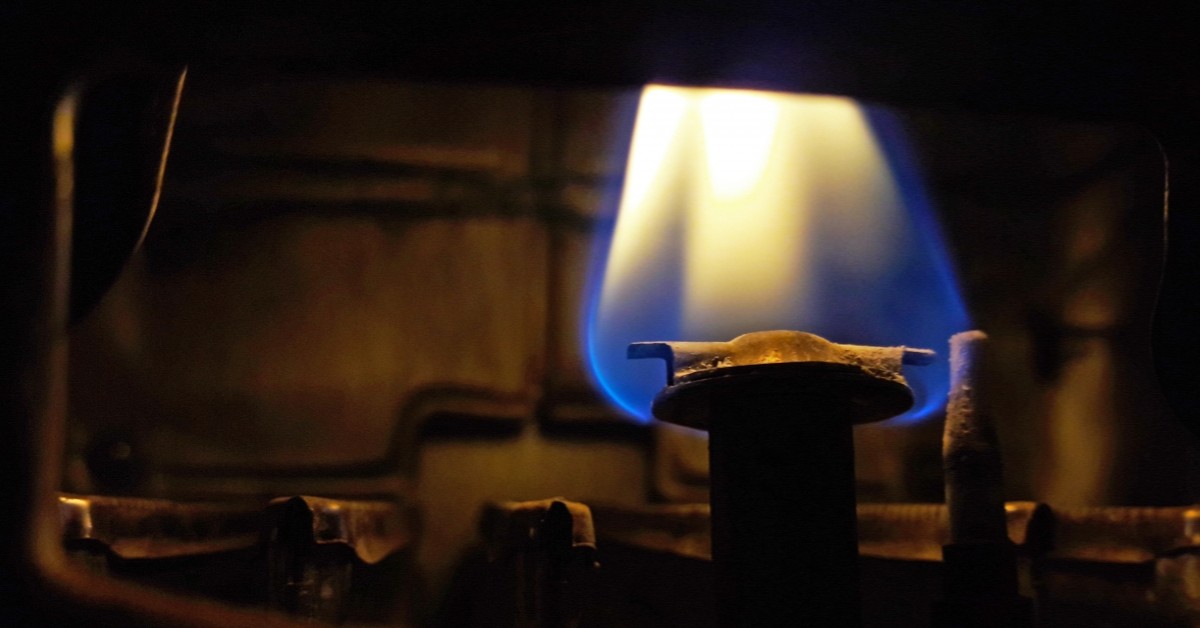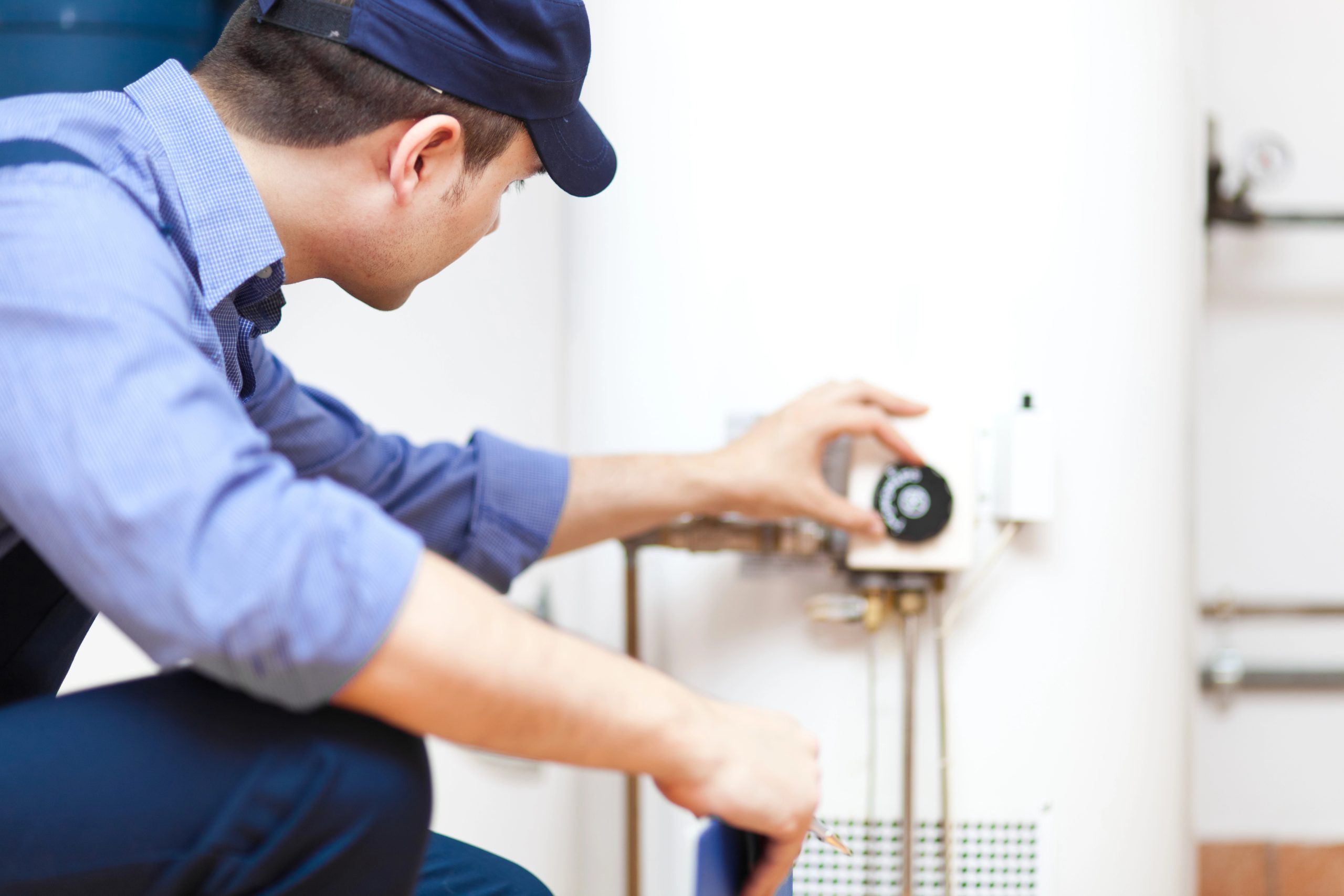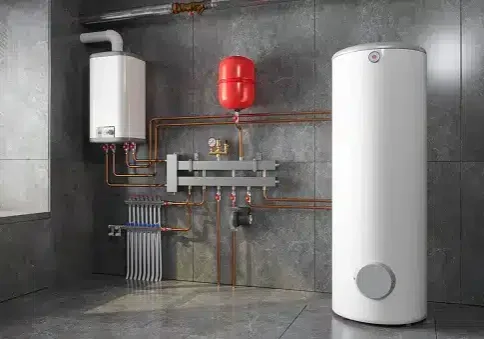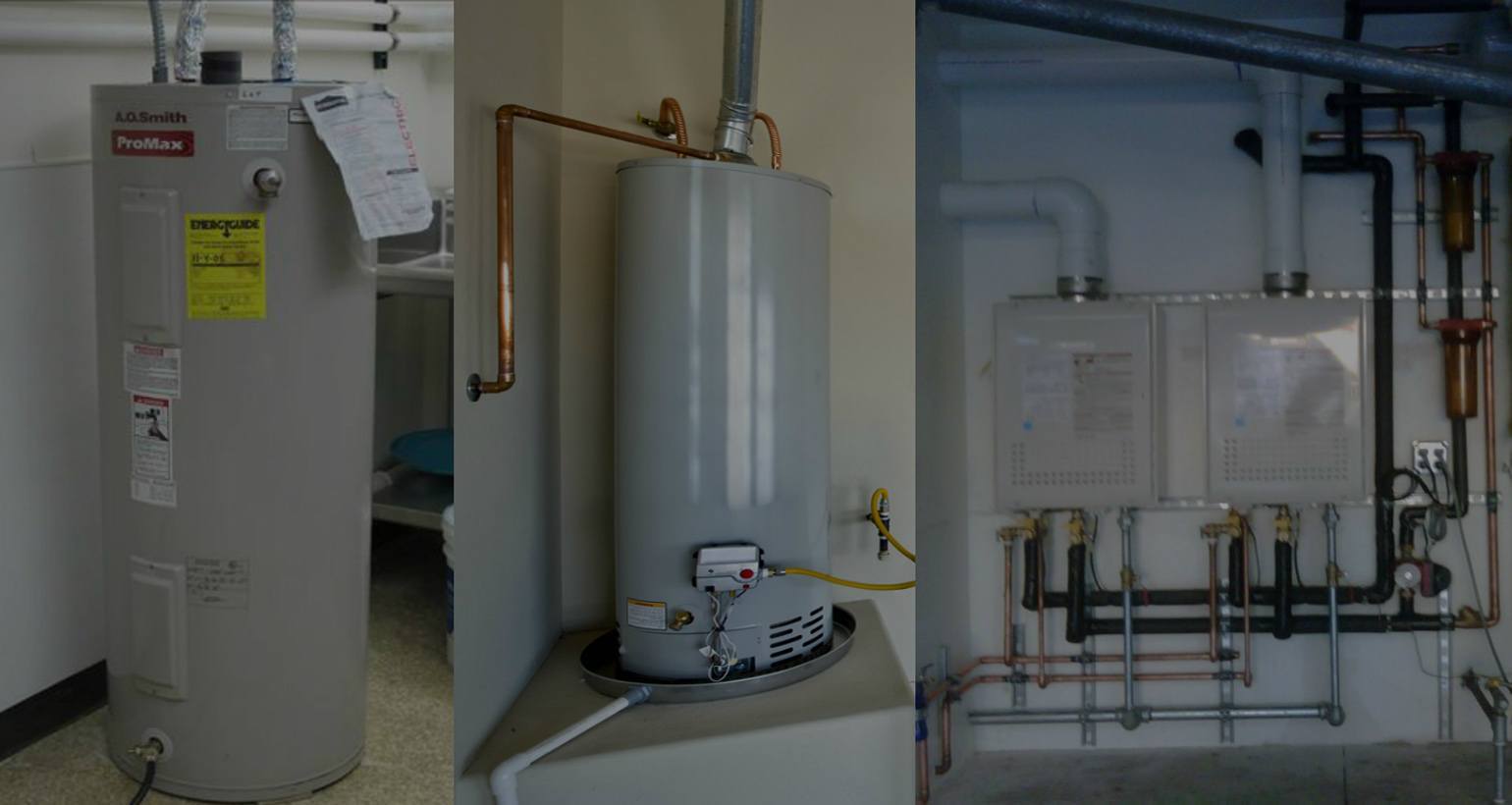How to Light A Water Heater Pilot Light
Your water heater pilot light is the light that powers up your water heater and the main indicator that all is well in your plumbing paradise. Sometimes, the water heater pilot won’t light; it can be due to some natural act in the gas pressure, which somehow has extinguished the flame. But what are those issues, and how do you light a water heater pilot light?
There are general guides that point you simply to the gas valve, but that is not the only accurate location for the problem on pilot lights. There are several pilot light diagnosing methods that you can follow to reach the main problem. Hence, it is important to check why your pilot light of the water heater is not turning on or why it goes off.
The very first step in diagnosing and turning the investigation into a DIY project is to know your plumbing tools and determine what exact type of water heater you are dealing with. Here are some of the potential culprits that cause water heater pilot light malfunction in different types of home heaters that will help you save time and energy.
Effective Tips To Light The Pilot Light On The Water Heater
Tankless coils and an indirect water heater work almost the same way. Their pilot light ignition-off problems come mainly from heat exchangers and boiler issues. This is much trickier to troubleshoot in DIY because you need to open the insides and inspect the activity of the heat exchanger inside.
Water Heater Pilot Lights On Tankless Coils And Indirect Water Heater
Tankless coils and an indirect water heater work almost the same way. Their pilot light ignition-off problems come mainly from heat exchangers and boiler issues. This is much trickier to troubleshoot in DIY because you need to open the insides and inspect the activity of the heat exchanger inside.
Demand Water Heater Diagnose & Turn On Water Heater Pilot Light
For a demand-based water heater that switches itself on only during demand unlike the conventional type, the pilot light problem is potentially caused by a parallel sequence installation. You need to check your electric connection setup for the demand water heater to see if the power is not blocked up from there, which is affecting your water heater pilot. This is mostly where the conflict on-demand water heaters lie and can immediately snuff out problems.
Water Heater Pilot Light Troubleshooting For Conventional Storage Water Heaters
Conventional storage water heaters are often powered by electricity, natural gas, oil, and propane. Their maintenance costs are more than the other water heaters because it will require that the heating mechanism be turned on forever even when you have no faucets open for a particular time period.
For this type, you will focus your attention on checking out the compression of the gas regulator valve or for potential blockages from within the system. Once you try flickering the gas regulator valve, you will have to monitor for the next few minutes up to intervals leading to an hour and see if your reset of the valve has already resolved the problem.
Heat Pump Water Heater Pilot Light Not Turning On
The heat pump water heater is considered to be a form of reverse fridge because it operates under the same principle but applies it to heating instead of cooling. It is isolated, and usually, it cools the area where it is placed. The furnace is a perfect spot for installing this type of appliance because it harnesses the air space filled with heat to generate heat for your water.
Pilot light malfunctions for this type of water heater happen when the water heater is not installed in the appropriate temperature range of 4°F to 90°F. Cold spaces also tend to impede its function, so it’s often advised not to install it in cold areas of your home or office.
Solar Water Heater Pilot Light Problem
Some people are now going the renewable energy route and using solar power to help them have an optimized heating system. Typically, problems for this type involve a solar collector issue.
If your solar collector is working properly and you still find that the pilot light is not working as it should, you can also check out if the size of the solar water heater is sufficient for your home needs or if the thermosiphon, pumps or connection to solar storage are not functioning properly.
Also Read: How to Repair Electric Water Heater?
How To Light A Pilot Light One A Water Heater
Below we have mentioned the steps which will help you to identify the pilot light issue and ignite the water heater.
If you are diagnosing a gas water heater pilot light turning-off problem, find the gas shut-off valve and turn off the gas knob and wait for at least 5 minutes to follow the steps.
- Remove the front cover of the pilot light access. It is usually located under the gas valve, and some of the water heaters have an open area where you can find the pilot light burner.
- Check for the burner. Two small gas tubes are connected to it and coming towards it. You need to watch these tubes to check the gas flow.
- To check the gas flow, you need to turn on the gas knob to pilot, press and hold it for a long and check if the gas is flowing properly so you can light the flame. The pilot turn-on buttons on the water heaters are generally present with a red button.
- Try holding the gas control button down for a minute and lighting the pilot. If everything goes well and the flame ignites, release the pilot button slowly and make sure the light stays lit.
- Now it’s time to turn the gas knob on and expect to hear a “whump” or “whooshing” sound which will come from the main burner igniting.
- Replace the cover, and enjoy your hot shower.
How To Light A Water Heater Pilot Light With Professional Help
We hope that these suggestions and DIY steps will help you to fix the pilot light turning-off issue. If you still haven’t been able to fix it or if you are in search of professionals to get you an instant solution, you can call Fischer Plumbers. Our plumbers are trained professionals and are qualified in the industry, providing the best solutions for your commercial and residential plumbing problems.

Call The Professionals
Call Fischer Plumbing Right Away And Get The Best Sewer Line Repair Service At Your Doorstep.




